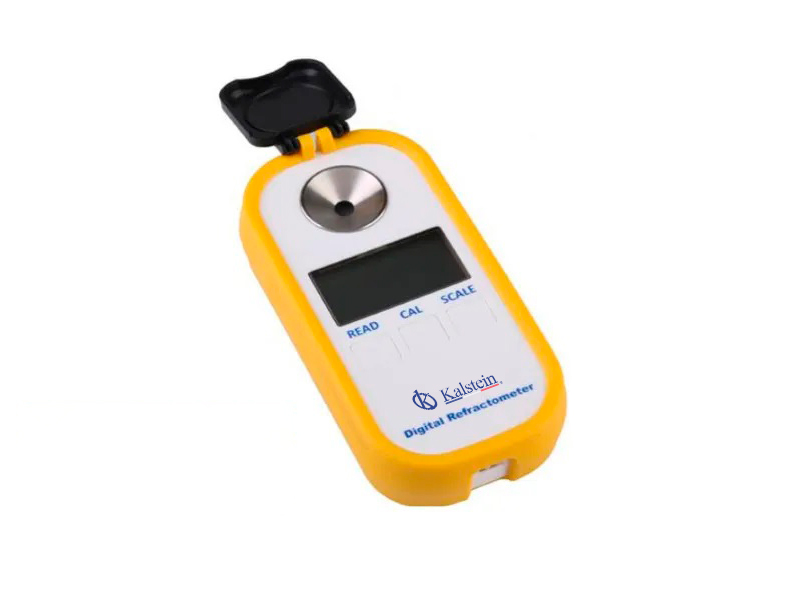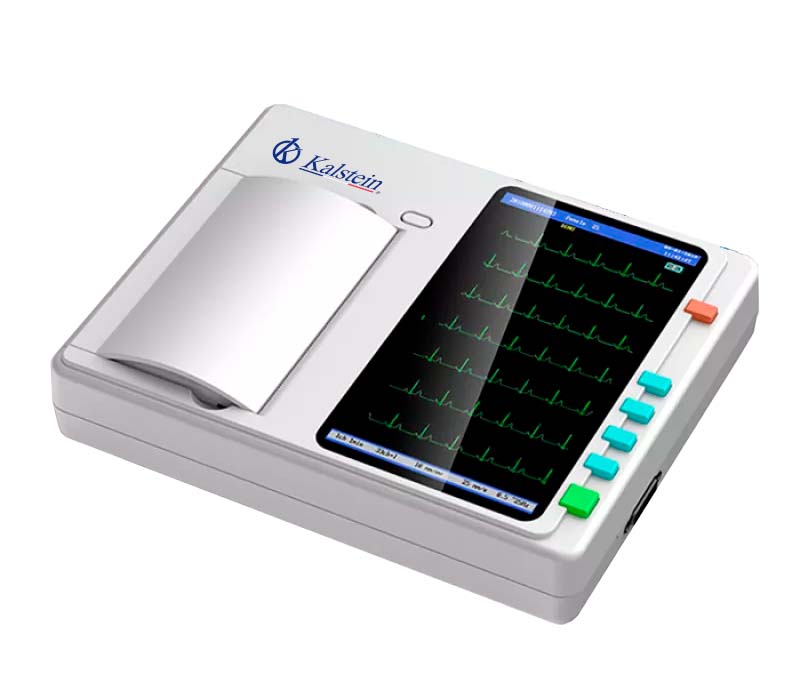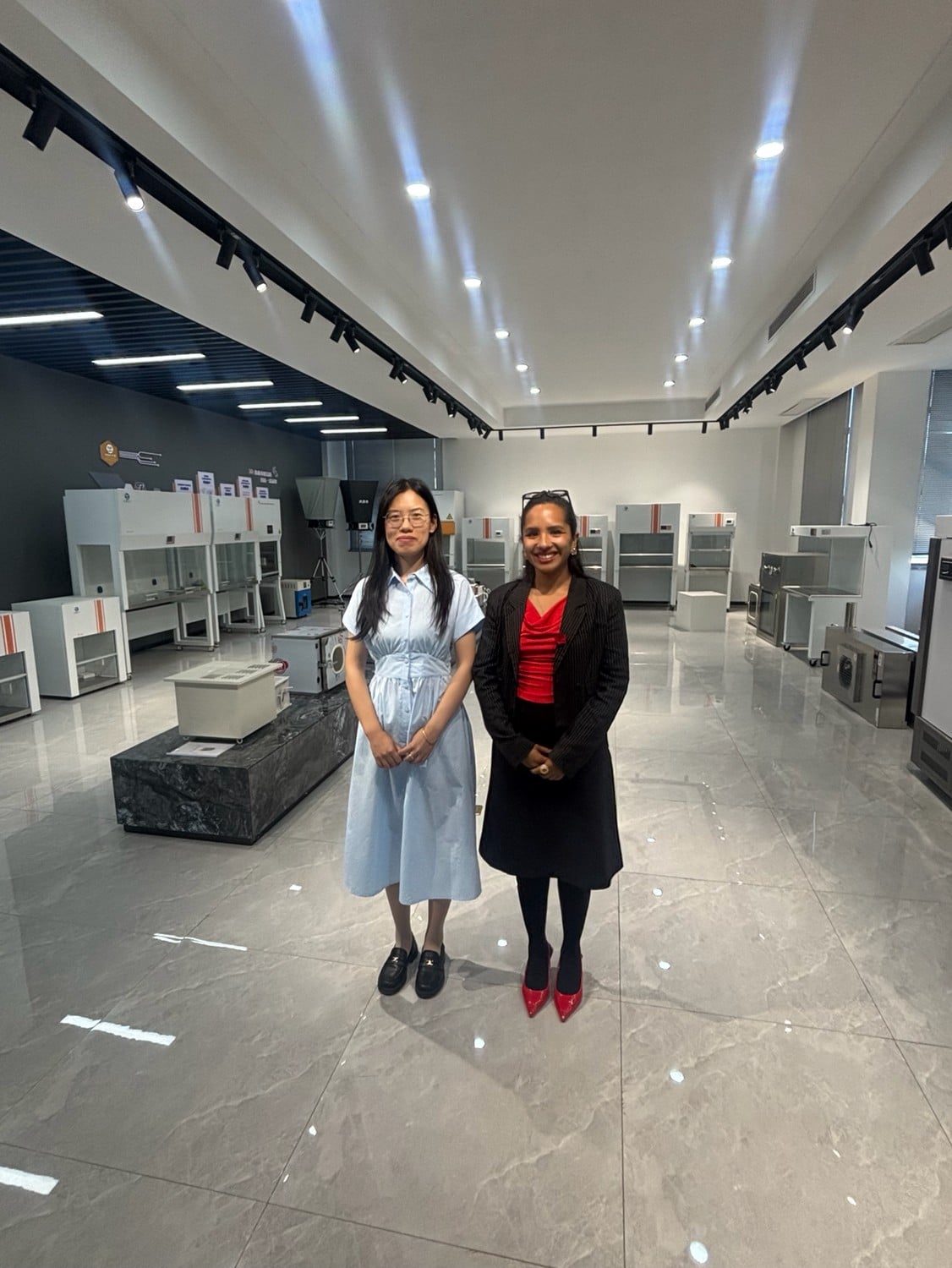Refractometers are optical instruments used to determine the percentage of soluble solids in a liquid solution. For this, the refractometer makes use of the principle of total refraction of light (originated by the type and concentration of the substances dissolved in a liquid solution, for example, sugar), which takes place in the boundary layer between the prism and the sample. The refractive index of the prism determines the upper limit of the measurement range, since this must always be greater than that of the sample. The refractometer therefore measures the density of liquids, the denser a liquid, the greater the refraction.
How did this instrument originate?
Refractometers were invented by Dr. Ernst Abbe, a German / Austrian scientist in the early 20th century. The Abbe refractometer is the “grandfather” of all modern refractometers, thanks to its simple operation and its reliability, it still has a place in laboratories. There are two types of refractometers based on the detection of the refractive index; transparent systems and reflection systems. Portable refractometers and Abbe refractometers use transparent systems, while digital refractometers use reflection systems.
Types of refractometers
There are different types of refractometers on the market that allow us to make one or more types of measurement according to their shape and structure, whether they are portable, tabletop or online.
- Portable refractometers: They are easy-to-use and small-size equipment, ideal for field work due to its ease of transport and simplicity in delivering results. These can be classified in turn into Abbe or analog and digital.
- Table refractometers: These are refractometers that, due to their size, weight and special measurement conditions, require an electrical connection, environment and a stable structure that supports them in order to guarantee the accuracy of their results.
- Online reading refractometers: These equipments generally require a wired installation on site within the production line, allowing it to capture data at a specific point in the production process.
How do they work?
Its operation is based on using the refraction of light, which is a physical property of any substance and is related to some physical properties such as density. From this, and according to its application, different scales are built. The most used scale is Degrees Brix (Proportion of sucrose or salts in a solution). There are other scales, such as:% salt, gs, g / dl, nD,% w / w,% vol,% water, mash sacch, M-10, MDT, among others. That is why the refractometer is used to measure the refractive index of liquids and translucent solids, allowing:
- Identify a substance.
- Check its degree of purity.
- Analyze the percentage of solute dissolved in a certain solution.
- Offer other qualitative analysis.
At Kalstein we are MANUFACTURERS and we have high quality and precision refractometers at excellent PRICES, which will help you to determine with great accuracy the density of your solutions. That is why we invite you to take a look at our refractometers available at HERE




